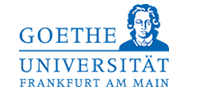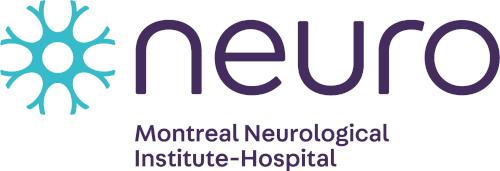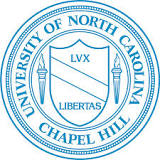 |
 |
 |
 |
 |
 |
Oxford
Research Technician - Cell Culture
Lysine Demethylase 5A is Required for MYC Driven Transcription in Multiple Myeloma.
Cancer Discov. 2021 2(4):370-387 . doi: 10.1158/2643-3230.BCD-20-0108
PMID: 34258103
Programme Director - UK Knowledge Exchange Spine (New Therapeutics)
Potassium/Chloride Co-transporter 1 and 3 (KCC1/KCC3; SLC12A4/SLC12A6)
KCC1 (SLC12A4) and KCC3 (SLC12A6) are co-transporters of potassium and chloride, and members of cation-chloride co-transporter (CCC; or Solute Carrier 12) family. They regulate chloride level and cell volume via export of potassium and chloride ions. KCC1 plays an important role in sickle cell diseases, where its activity leads to sickling of red blood cells, a key pathological feature of the disease. Hence, symptoms of this common genetic disorder can be significantly reduced by inactivation of KCC1.
EPB41L3
EPB41L3 is, with moesin (MSN), a member of the FERM family, which is highly expressed in brain as well as in other tissues (kidney, intestine, and testis). Similar to MSN, it binds to the C-terminus of CD44 and transmits signals to the cytoskeleton. EPB41L3 is inversely correlated with markers of Alzheimer’s Disease (AD). We have chosen to pursue the EPB41L3-CD44 interaction as a potential key driver in AD, and as a selectivity target for FERM proteins. This TEP includes expression constructs and methods for purification of the FERM domain from recombinant E.
INPP5D (SHIP1)
SH2-containing-inositol-5-phosphatases (SHIP1 and SHIP2, coded for by genes INPP5D and INPPL1, respectively) dephosphorylate phosphatidylinositol-3,4,5-trisphosphate (PI(3,4,5)P3) to produce phosphatidylinositol-3,4-bisphosphate (PI(3,4)P2). This is an important part of the PI3K/AKT/mTOR signalling pathway.
MSN (Moesin)
Moesin (MSN; membrane-organizing extension spike protein) contains a FERM domain (Four-point-1, Ezrin, Radixin, Moesin) that links transmembrane receptors such as CD44 to the actin cytoskeleton, in a manner regulated by phosphorylation and PIP2. A proteomic, post-mortem analysis of >400 brains
Fibrinogen-like globe domain of human Tenascin-C (hFBG-C)
Chronic activation of the innate immune system by the damage-associated molecular pattern FBG-C (C-terminal fibrinogen-like globe domain of Tenascin-C) contributes to a variety of inflammatory diseases including arthritis, systemic sclerosis, and cancer. This TEP summarizes the first reported efforts to develop small-molecule FBG-C binders, with the aim to disrupt FBG-C-mediated pro-inflammatory protein-protein interactions (PPIs). We present the soluble expression of disulphide-containing human FBG-C (hFBG-C) in E.
Elongation of very long chain fatty acids protein 7 (ELOVL7)
The long-chain fatty acid elongases (ELOVL) catalyse the first rate-limiting step in the two carbon elongation of the acyl chains of fatty acids (FAs) greater than 12 carbons in length
Dehydrogenase E1 and transketolase domain-containing protein 1 (DHTKD1)
Inherited mutations of the GCDH gene for glutaryl-CoA dehydrogenase, catalysing the sixth enzymatic step in lysine catabolism, lead to the rare neurometabolic disorder Glutaric Aciduria type 1 (GA1). There is a rationale that inhibition of the fifth lysine catabolising step, catalysed by the DHTKD1 enzyme, could provide therapeutic benefit for GA1 by means of substrate reduction. This TEP provides early tools to develop DHTKD1 inhibitors, including recombinant protein, structure, biophysical (activity and stability) assays and fragment hits of human DHTKD1.

